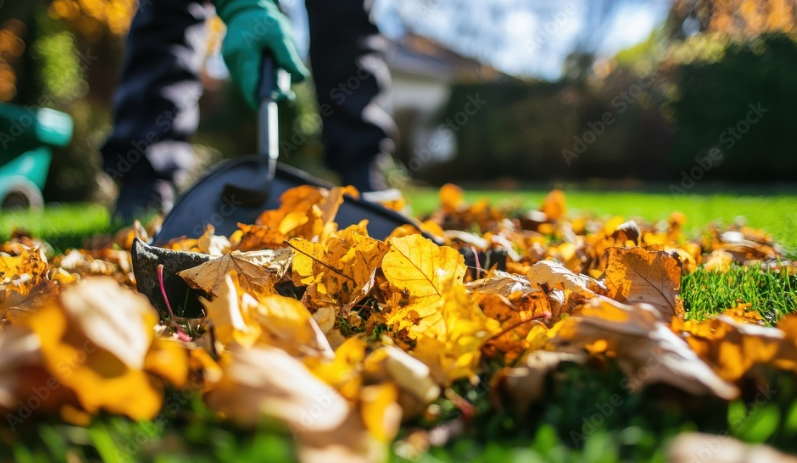
Master the Art of Mowing: Tips for a Healthier Lawn Sep 15, 2025
Begin with understanding the fundamental aspect of mowing frequency. Many homeowners wonder, "how often should I mow my lawn?" The answer largely depends on the type of grass and the time of year. Cool-season grasses like fescue and bluegrass grow more rapidly in the spring and fall, requiring weekly mowing. On the other hand, warm-season grasses prefer the summer months and generally need mowing every five to seven days during peak growth.
The height of your lawnmower's blade is another critical component that influences grass health. As a general rule, never cut more than one-third of the grass blade at once. This practice, called the "one-third rule," reduces stress on the grass and encourages deep root growth. During the hotter months, consider keeping your grass a bit longer. This additional height provides a natural shade to the soil, reducing evaporation and keeping roots cooler.
Sharpened mower blades are another often-overlooked detail that significantly impacts lawn health. Dull blades tear Grass rather than cut it cleanly, leading to increased susceptibility to diseases and pests. Check your mower blades regularly, ideally sharpening them after every 20-25 hours of mowing, to ensure the grass blades experience a clean cut every time.
Mowing patterns may not seem crucial at a glance, but varying the direction each time you mow can prevent grass from becoming compacted and developing unsightly ruts. By alternating patterns, you also encourage grass to grow in all directions, contributing to a denser, more uniform lawn surface.
Lawn care isn't just about the action of cutting grass; timing is crucial too. The best time to mow is during the cooler parts of the day, either in the mid-morning or early evening. Avoid mowing in the midday heat as it puts excessive stress on your lawn and can be uncomfortable for you as well.
Finally, don't overlook the clippings your mower leaves behind. Many people bag and dispose of these clipping; however, leaving them to decompose on the lawn can return valuable nutrients to the soil, supporting healthier growth. This practice, known as grasscycling, is both eco-friendly and beneficial for lawn health.
In conclusion, maintaining a lush, healthy lawn is a blend of understanding your grass's unique needs and applying practical mowing techniques. By adjusting your mowing schedule according to seasonal growth patterns, adhering to optimal grass cutting heights, keeping mower blades sharp, and varying your mowing patterns and times, you contribute significantly to the overall health and beauty of your lawn. Trust that as a Perfect Lawn Solutions LLC customer, you're equipped with the knowledge and tools to nurture and enjoy a pristine green space throughout the year. Happy mowing!
/filters:no_upscale()/media/3200e1bc-e806-4c7f-9fa5-4d4c53b980d2.jpeg)
/filters:no_upscale()/filters:format(webp)/media/4c9ede5e-69dd-43b4-b917-b39ec5d2928a.png)